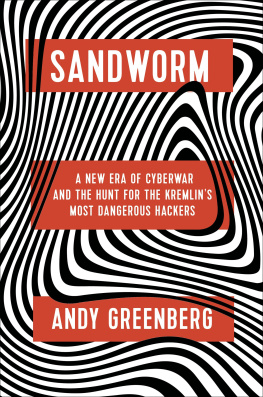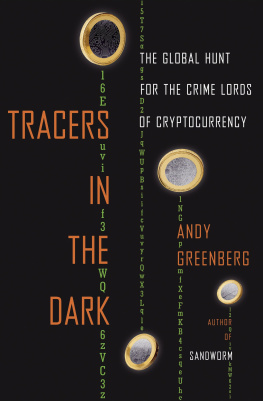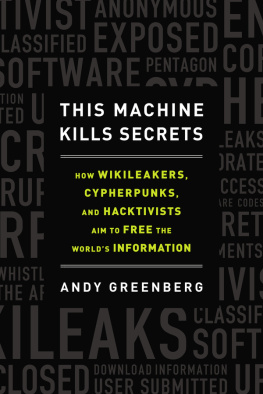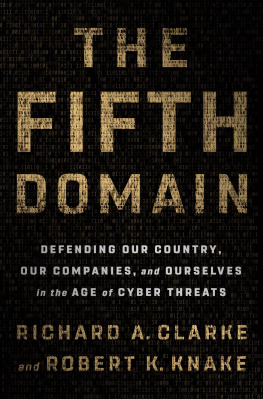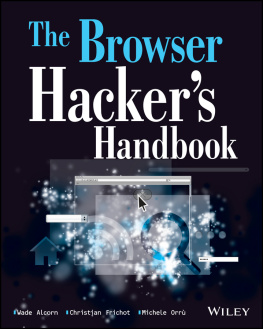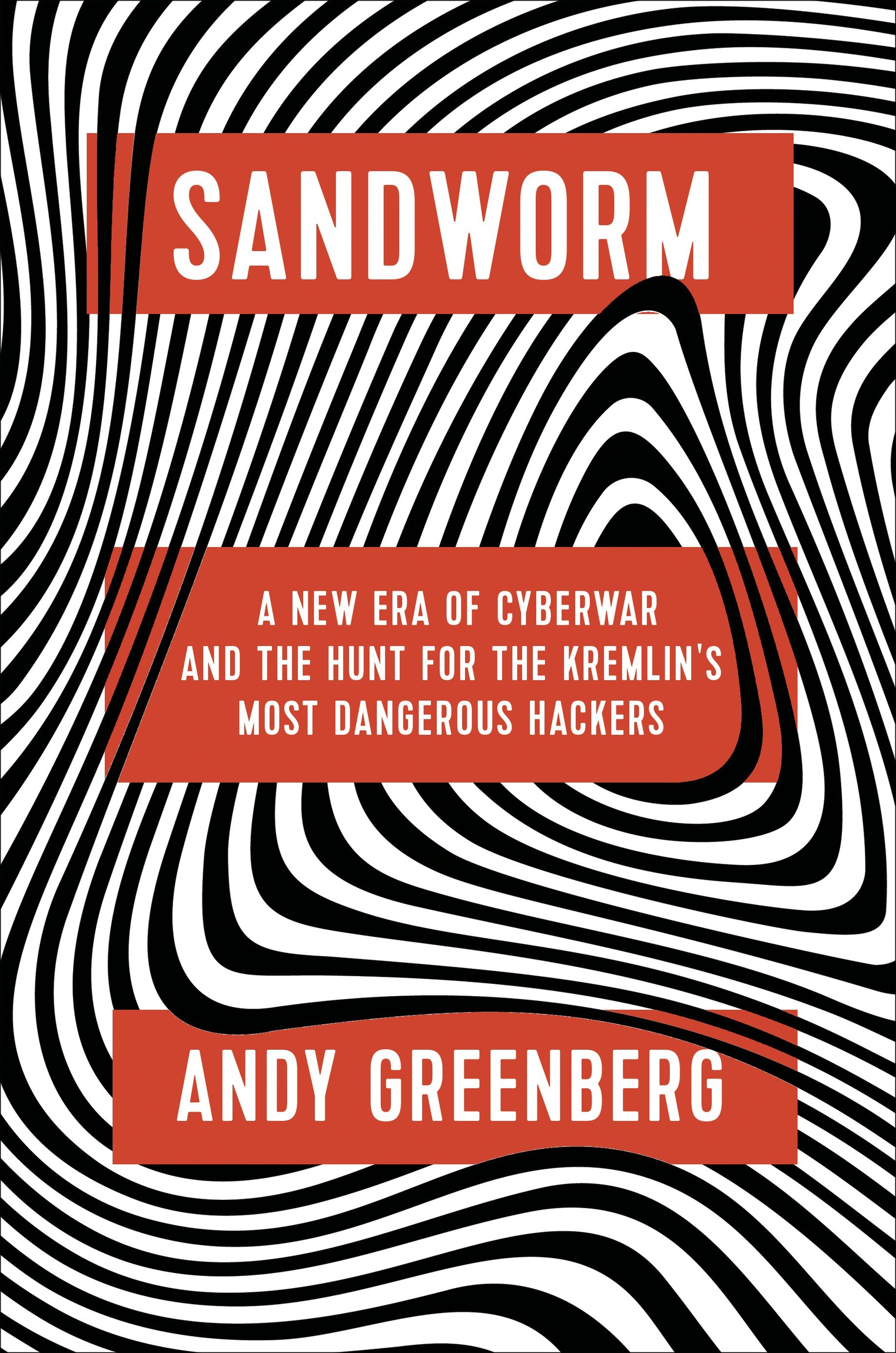Andy Greenberg - Sandworm: A New Era of Cyberwar and the Hunt for the Kremlin’s Most Dangerous Hackers
Here you can read online Andy Greenberg - Sandworm: A New Era of Cyberwar and the Hunt for the Kremlin’s Most Dangerous Hackers full text of the book (entire story) in english for free. Download pdf and epub, get meaning, cover and reviews about this ebook. year: 2019, publisher: Doubleday Books, genre: Science / Politics. Description of the work, (preface) as well as reviews are available. Best literature library LitArk.com created for fans of good reading and offers a wide selection of genres:
Romance novel
Science fiction
Adventure
Detective
Science
History
Home and family
Prose
Art
Politics
Computer
Non-fiction
Religion
Business
Children
Humor
Choose a favorite category and find really read worthwhile books. Enjoy immersion in the world of imagination, feel the emotions of the characters or learn something new for yourself, make an fascinating discovery.
- Book:Sandworm: A New Era of Cyberwar and the Hunt for the Kremlin’s Most Dangerous Hackers
- Author:
- Publisher:Doubleday Books
- Genre:
- Year:2019
- Rating:4 / 5
- Favourites:Add to favourites
- Your mark:
Sandworm: A New Era of Cyberwar and the Hunt for the Kremlin’s Most Dangerous Hackers: summary, description and annotation
We offer to read an annotation, description, summary or preface (depends on what the author of the book "Sandworm: A New Era of Cyberwar and the Hunt for the Kremlin’s Most Dangerous Hackers" wrote himself). If you haven't found the necessary information about the book — write in the comments, we will try to find it.
In 2014, the world witnessed the start of a mysterious series of cyberattacks. Targeting American utility companies, NATO, and electric grids in Eastern Europe, the strikes grew ever more brazen, including the first-ever blackouts triggered by hackers. The attacks culminated in the summer of 2017, when the malware known as NotPetya was unleashed, penetrating, disrupting, and paralyzing some of the worlds largest companies--from drug manufacturers to software developers to shipping companies. At the attacks epicenter in Ukraine, ATMs froze. The railway and postal systems shut down. Hospitals went dark. NotPetya spread around the world, inflicting an unprecedented ten billion dollars in damage--the largest, most devastating cyberattack the world had ever seen.
The hackers behind these attacks are quickly gaining a reputation as the most dangerous team of cyberwarriors in history: Sandworm. Working in the service of Russias military intelligence agency, they represent a persistent, highly skilled, state-sponsored force, one whose talents are matched by their willingness to launch broad, unrestrained attacks on the most critical infrastructure of their adversaries. They target government and private sector, military and civilians alike.
A chilling, globe-spanning detective story,Sandwormconsiders the danger this force poses to our national stability and security. As the Kremlins role in meddling in the 2016 election, manipulating foreign governments, and sparking chaos comes into greater focus,Sandwormexposes the realities not just of Russias global digital offensive, but of an era where warfare ceases to be waged on the battlefield. It reveals how the line between digital and physical conflict, between wartime and peacetime, have begun to blur--with world-shaking implications.
Andy Greenberg: author's other books
Who wrote Sandworm: A New Era of Cyberwar and the Hunt for the Kremlin’s Most Dangerous Hackers? Find out the surname, the name of the author of the book and a list of all author's works by series.

